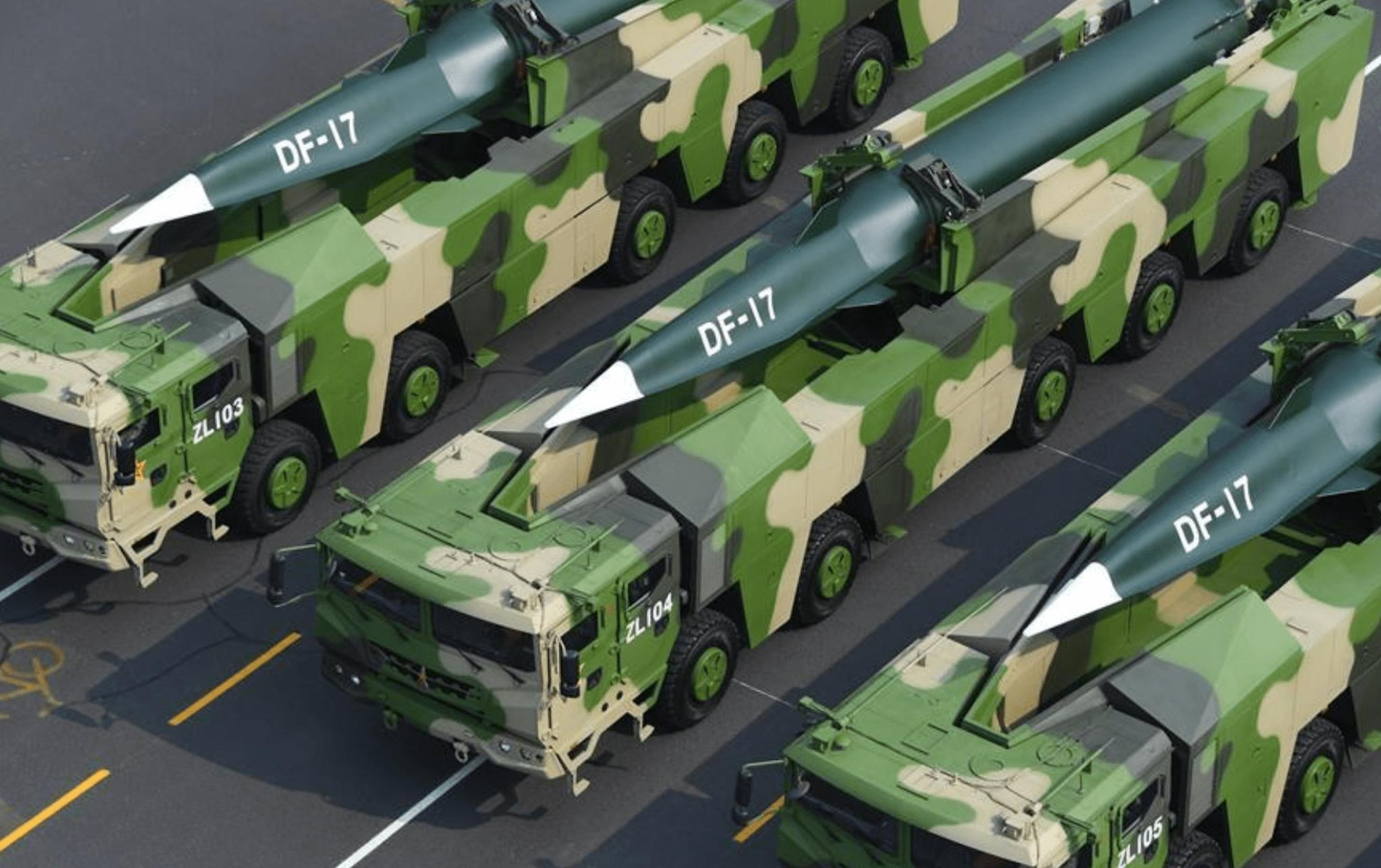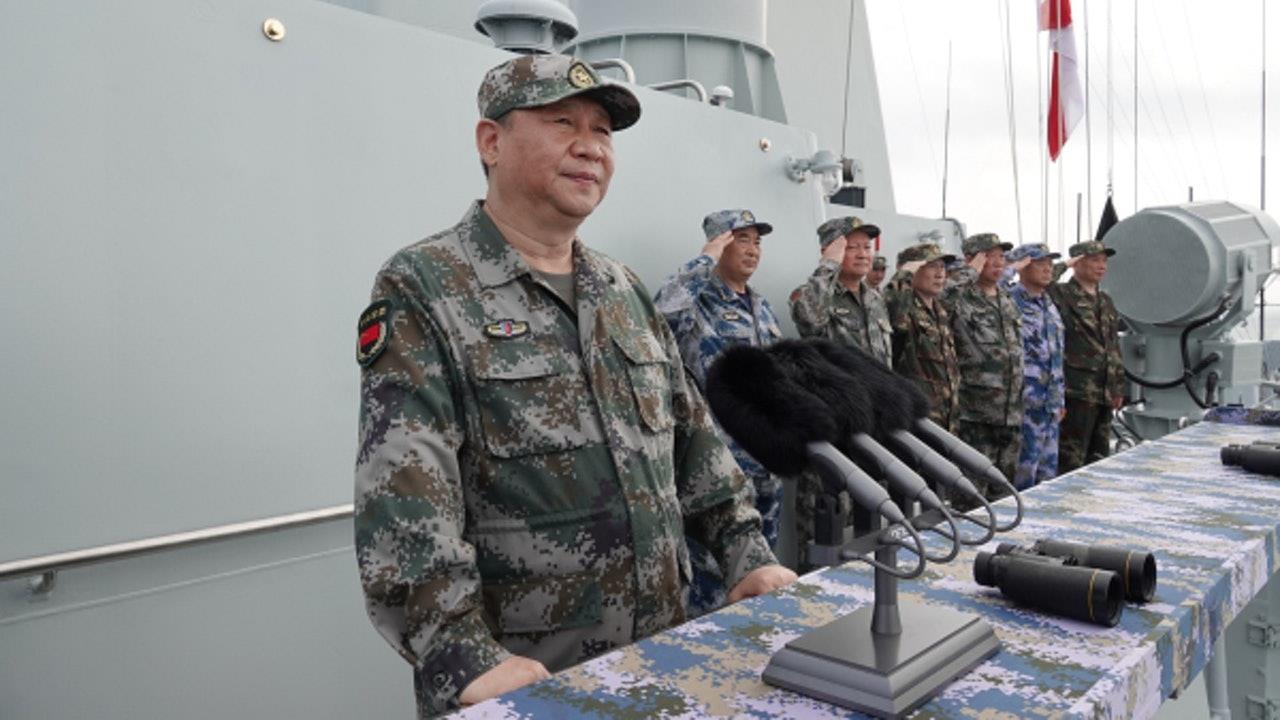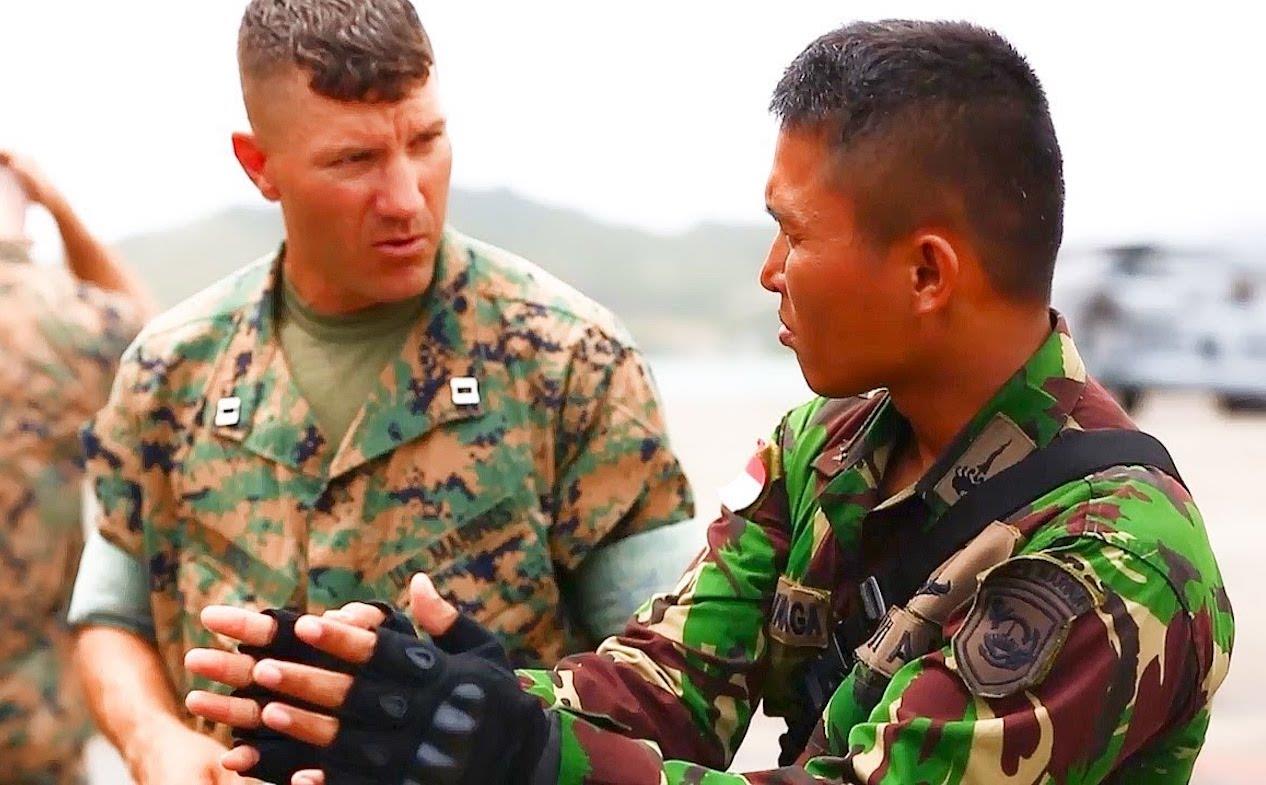(MENAFN- Asia Times) JAKARTA – With Afghanistan in the rear-view mirror, the United States, Britain and Australia forming a new security arrangement and the US boosting forces and exercises in the region, the so-called“pivot to Asia” first conceived under the Barack Obama administration may finally be shifting into high gear under President Joe Biden.
Out is the general confusion of the Donald trump presidency; in appears to be a much clearer and firmer policy towards China, whose bullying tactics in the South China Sea have some countries struggling to hold the middle ground.
“I think the Biden administration is committed internally to putting flesh on the pivot,” says one former State Department official, noting that the architect of the plan, Kurt Campbell, Obama's assistant secretary of state for East Asian affairs, is now the National Security Council Coordinator for the Indo-Pacific.
The retired official says the September 23 signing of the AUKUS agreement between the three Western allies is the first tangible sign of Washington confronting China and moving away from its earlier fixation with the Middle East and Afghanistan.
That and the Quadrilateral Security Dialogue, involving the US, Australia, India and Japan, show Washington-led alliances quietly circumventing the conflicted 10-nation Association of Southeast Asian Nations (ASEAN), in an effort to blunt Beijing's expansionism in the South China Sea.
But it has led to growing anxiety across Southeast Asia over what might come next.“ASEAN has to take a hard look at how it positions itself,” Diplomatic Academy of Vietnam vice-president Nguyen Sung Son told a recent discussion.“ASEAN centrality is etched in stone, so we know they are trying to get around it.”
For the moment, Washington is likely to move more slowly in North Asia, where the Japanese government is undergoing a leadership change and South Korea is engaged in the latest exchanges in its never-ending efforts to improve relations with North Korea.
The Hawaii-based Indo-Pacific (INDOPACOM) commander Admiral John Aquilino has reportedly called off a scheduled visit this month to Singapore, but diplomatic sources say they still expect him to make the US position clearer in a significant policy announcement in the coming days.
China's defense strategy is perceived by American planners to be based on its submarine fleet and a growing naval surface-to-surface missile capability. In contrast, US strategy remains largely built around its carrier-based air superiority.

A formation of Dongfeng-17 missiles takes part in a military parade during the celebrations marking the 70th anniversary of the founding of the People's Republic of China at Tiananmen Square in Beijing, China. Photo: Xinhua / Mao Siqian
According to one senior US military officer, if the US can't find closer bases for its aircraft, China will maintain an advantage over the shorter term. That's why the Philippines could become a larger part of its calculations with the mercurial and China-friendly President Rodrigo Duterte ending his term next May.
The US currently has two Nimitz-class carriers, the USS Carl Vinson and the USS Ronald Reagan, and the powerfully armed helicopter carrier USS America, based out of Yokosuka and Sasebo, Japan, with a third carrier also assigned to the Western Pacific.
Only last week, US Deputy Assistant Secretary of Defense Michael Chase and Huang Xueping, deputy director of China's office for military co-operation, ended two days of talks stressing the need to keep communication channels open.
It was the first meeting between the two adversaries since President Biden took office in January, but the signing of AUKUS, under which Washington will help Australia acquire nuclear-powered submarines, has done little to stem rising tensions in the region.
Nor has the overlapping presence in the South China Sea of the two carrier battle groups and mass intrusions by 145 Chinese J-6 and Su-30 fighters and nuclear-capable H-6 bombers into Taiwan's air defense zone between October 1-4.
Indonesia also seemed powerless to deter a month-long incursion by a Chinese research ship and two Coast Guard ships into its economic exclusion zone in the North Natuna Sea which finally ended when the flotilla pulled out on September 28 without any formal protest from Jakarta.
US ambassador to Indonesia Sung Kim, whose brief also covers North Korea, took the opportunity last week to tell foreign reporters:“We object to any country taking expansionist, aggressive and excessive activities and behavior in our oceans.”
Kerry Brown, professor of Chinese studies at King's College, London, weighed in as well.“China can't hide its power, but the last two years have been a masterclass in how to lose friends and fail to influence people,” he said.“Despite this, it will not change the reality that China is, and will continue to be, the great rising power of the region.”

Chinese President Xi Jinping inspects a joint military exercise in the South China Sea in April 2018. Photo: Xinhua
Indonesia seeks to be even-handed in its dealings with the two superpowers, worried it will be forced to choose sides if the rivalry takes a serious turn. But like others in the region, its response to AUKUS was restrained and only focused on fears of nuclear proliferation and the possibility of a regional arms race.
Beijing's reaction was directed at the broader implications of a pact that goes beyond Australia's eventual acquisition of nuclear submarines and covers everything from cyber capabilities, artificial intelligence and quantum technologies to extended US access to Australian bases.
Western cyber experts believe the new arrangement will allow for the development of new encryption technologies and help the partners detect and ward off potential Chinese threats to undersea fiberoptic cables that are part of both military and civilian communication networks.
In a webinar organized by the Foreign Policy Community of Indonesia, the Foreign Ministry's director-general for Asia and Africa, Abdul Kadir Jailani, called for a“deeper conversation” between ASEAN and the AUKUS partners over what he called a“dangerous precedent.”
Looking to the long-term impact of the security pact, Vietnam's Son said it was important for the 10-nation regional grouping to ask“why this is happening over ASEAN's head.” Touching on the bloc's future role, he asked:“Can it be as an honest broker or a mediator?”
Pointing to the pace of Beijing's arms spending, William Choong, a senior fellow at Singapore's Institute of Southeast Asian Studies (ISEAS), described AUKUS as“a kind of natural reaction to Chinese assertiveness” and an effort to restore the balance of power in the region.
For all of ASEAN's diplomatic efforts to retain an even hand with the two superpowers, the long-standing relationship between the US and Indonesian and Philippine militaries, in particular, remains based on what Kim describes as“strong mutual respect.”
In Indonesia, more than 1,500 US troops and a 2,100-strong Army Strategic Reserve (Kostrad) force recently carried out their largest-ever land exercise, one of 230 joint military activities that allow the two countries to maintain a high level of interoperability.

US and Indonesian troops during a joint exercise in 2019. Image: Youtube
The US contingent comprised forward elements of the 82nd Airborne Division who flew from Guam in a fleet of giant C-17 transport aircraft for the maneuvers, which ranged across South Sumatra, East Kalimantan and North Sulawesi.
Three months earlier, US Air Force F-16 fighter jets from Japan's Misawa airbase took part in the annual Cope West exercise with the Pekanbaru, Sumatra-based F-16 squadron whose main mission is patrolling Indonesia's northern maritime border.
Forthcoming naval exercises between the two countries are planned for Surabaya, headquarters of the navy's 2nd Fleet and well away from the southern reaches of the South China Sea.
Indonesia's only recent military exercise with the Chinese was last May when two-guided missile frigates from each country engaged in drills north of Jakarta, reportedly designed to“improve coordination during emergencies at sea.”
With Duterte in the final eight months of his presidency, there are signs the Philippines and the US may restore some of the more active elements of their 2014 Enhanced Defense Cooperation Agreement (EDCA) when it comes up for renewal next April.
Although the US cannot re-establish permanent military bases, it is permitted to rotate troops into the Philippines on extended stays and to operate facilities at such bases as Subic Bay and the Antonio Bautista Air Base on Palawan, strategically located at the heart of the South China Sea, to replenish and supply visiting ships and aircraft.
Under pressure from his own military, Duterte recently reinstated the Visiting Forces Agreement (VFA), which he had earlier threatened to cancel in an apparent effort to appease China, despite the conflict between the two countries over the Spratly Islands.
MENAFN05102021000159011032ID1102917770